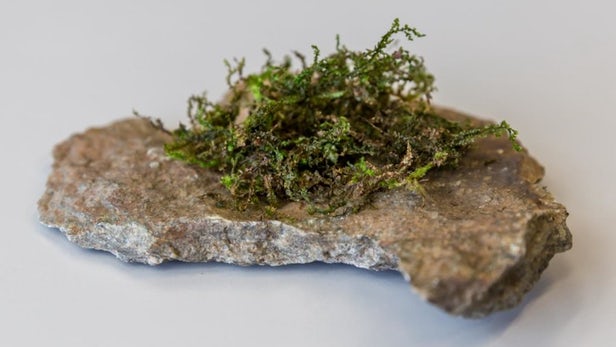
Breaking News
 Israeli chief of staff officially approves plan to occupy Gaza City
Israeli chief of staff officially approves plan to occupy Gaza City
 Report From "Blueprint for Peace"
Report From "Blueprint for Peace"
 Are They Lying to Us About Inflation?
Are They Lying to Us About Inflation?
Top Tech News
 Chinese Scientists Produce 'Impossible' Steel to Line Nuclear Fusion Reactors in Major Break
Chinese Scientists Produce 'Impossible' Steel to Line Nuclear Fusion Reactors in Major Break
 1,000 miles: EV range world record demolished ... by a pickup truck
1,000 miles: EV range world record demolished ... by a pickup truck
 Fermented Stevia Extract Kills Pancreatic Cancer Cells In Lab Tests
Fermented Stevia Extract Kills Pancreatic Cancer Cells In Lab Tests
 3D printing set to slash nuclear plant build times & costs
3D printing set to slash nuclear plant build times & costs
 You can design the wheels for NASA's next moon vehicle with the 'Rock and Roll Challenge
You can design the wheels for NASA's next moon vehicle with the 'Rock and Roll Challenge
 'Robot skin' beats human reflexes, transforms grip with fabric-powered touch
'Robot skin' beats human reflexes, transforms grip with fabric-powered touch
 World's first nuclear fusion plant being built in US to power Microsoft data centers
World's first nuclear fusion plant being built in US to power Microsoft data centers
 The mitochondria are more than just the "powerhouse of the cell" – they initiate immune...
The mitochondria are more than just the "powerhouse of the cell" – they initiate immune...
 Historic Aviation Engine Advance to Unlock Hypersonic Mach 10 Planes
Historic Aviation Engine Advance to Unlock Hypersonic Mach 10 Planes
 OpenAI CEO Sam Altman Pitches Eyeball-Scanning World ID to Bankers
OpenAI CEO Sam Altman Pitches Eyeball-Scanning World ID to Bankers
Rare moss contains marijuana-like compound with potentially superior medicinal effects

The compound closely resembles that of THC, but exhibits less of a psychoactive effect with potentially better anti-inflammatory properties.
While several plants other than marijuana are known to produce cannabinoids, cannabis is the only plant so far discovered to contain THC, the primary psychoactive compound generally associated with a "high." In the 1990s scientists discovered that a liverwort plant called Radula perrottetii contained a natural compound with an extraordinary structural similarity to THC.
This natural compound, dubbed perrottetinene, underpinned anecdotal reports suggesting this particular genus of liverwort moss could be an effective "legal high." However, the actual pharmacological effects of this unique compound have never been investigated.
In a new published study, scientists for the first time have homed in on the pharmacological effects of perrottetinene, discovering it does indeed activate the same cannabinoid receptors in the brain as THC, albeit with a significantly reduced psychoactive potency.

 The Remote Access Car . . .
The Remote Access Car . . .

